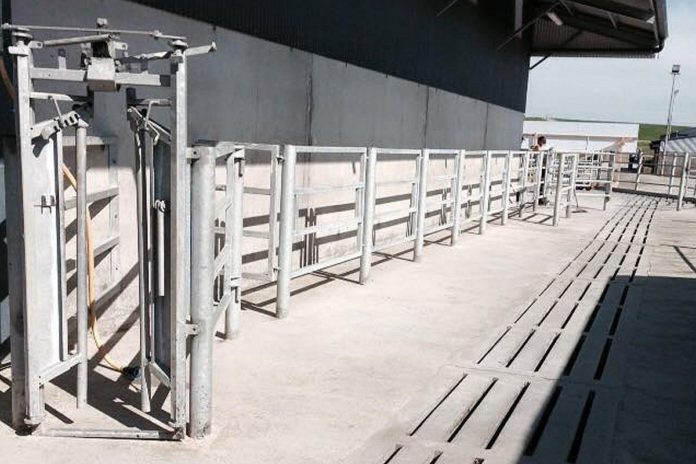According to Animal Health and Welfare NI, BVD test results have indicated “concerning” foci of infection in the Armagh, Newry, and Enniskillen DVO areas.
While the rolling 12-month animal-level incidence of BVD reached an all-time low point for the programme of 0.225% in July 2023, the incidence of BVD at the animal level in the past year in the Armagh DVO area has been twice the NI average.
During the past six months, the greatest number of outbreaks in dairy herds has occurred in the Armagh DVO area.
Enniskillen DVO area has seen the highest number of beef herds affected, according to the body.
Across all herd types, Armagh and Newry DVOs combined have had approximately one-third of the total outbreaks in NI in this period.
Recently several herds within close proximity have been affected in the BT60 area, within the Armagh, Hamiltonsbawn, Markethill and Lisnadill areas.
Advice for farmers
In a statement to www.thatsfarming.com on Wednesday, September 27th, 2023, a spokesperson for the body, which is responsible for the delivery of the Northern Ireland Bovine Viral Diarrhoea Eradication Scheme, said:
“Farmers are encouraged to take action to prevent livestock contacts at boundaries with neighbouring cattle, by having either electric or double fencing in place, or by managing grazing alternately in conjunction with neighbouring farmers so as to reduce the risk of virus transmission.”
“The occurrence of new outbreaks may be linked at times to the addition of new stock to the herd.”
“Over the summer, a small number of cases have been disclosed in herds that have not had previous BVD-positive results.”
“Sellers should be asked whether BVD has been present in their herd during the previous year and at what stage any positives were removed, so as reduce the risks involved when cattle are purchased.”
“The BVD Implementation Group has supported the request to owners of BVD Positive cattle not to move or sell cattle until at least three weeks have elapsed from when the last BVD Positive bovine animal was culled.”
Owners of cattle that do not have a BVD status (BVDU) are encouraged to test these cattle as soon as possible, to establish whether they are infected with the virus.
BVD positives shed enormous amounts of virus and present a significant risk to other cattle on their holding as well as to cattle on neighbouring premises, so their prompt identification and removal are key to control, the body added.
A thorough cleaning and disinfection of areas that could be contaminated with the virus is another key measure that will help to achieve the goal of eradicating BVD.
BVD update from ROI
County Carlow remains BVD-free to date, joined by County Sligo, while a number of other counties have only a single herd with positive results, according to AHI (Animal Health Ireland).
However, there are areas with higher levels of infection in NI particularly along the Co Armagh border with Co Monaghan.
Read more on this news article.
See more farming news on www.thatsfarming.com





